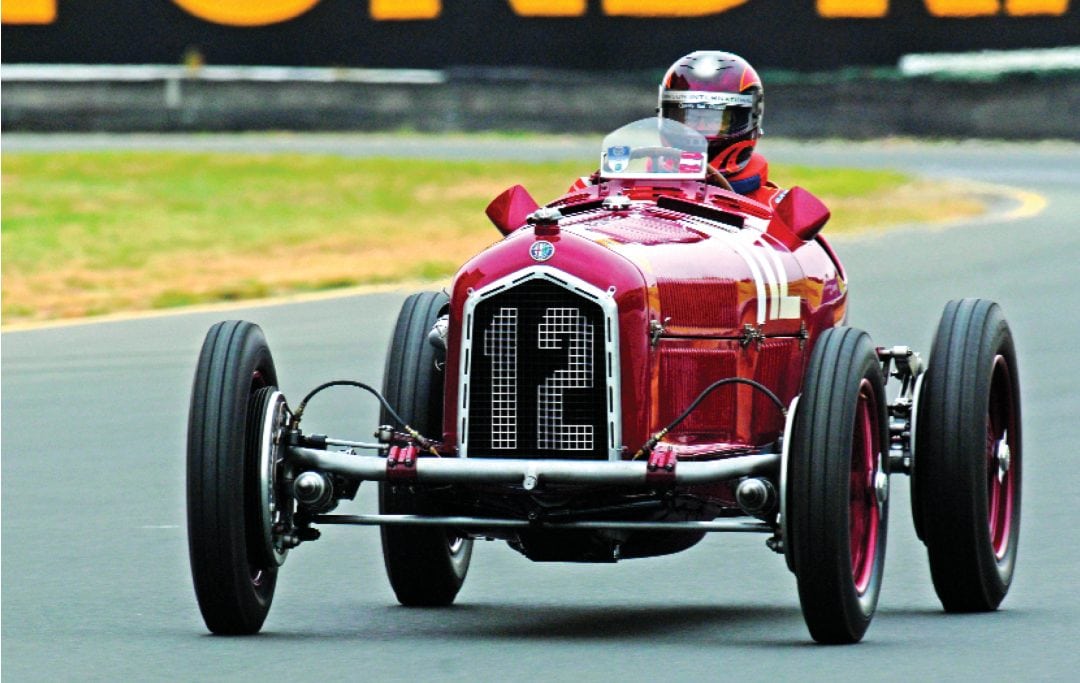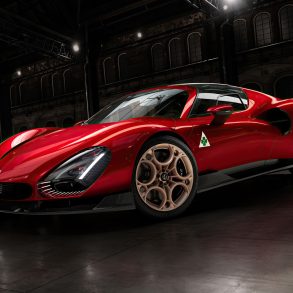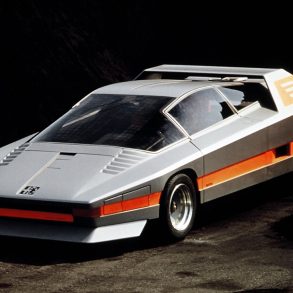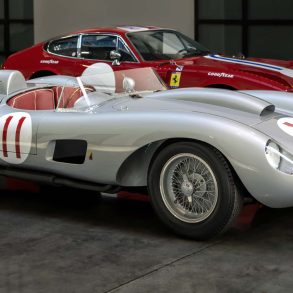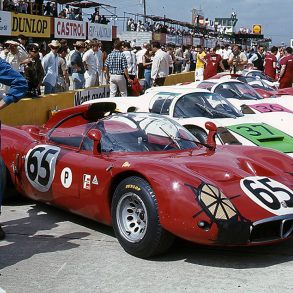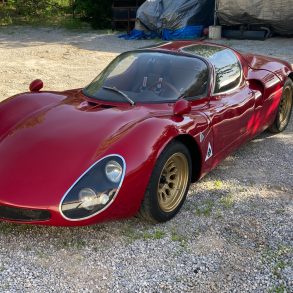Many would assume that I would choose a Ferrari as my greatest racecar. However, although I know little about the Alfa Romeo P3, it is a car that has always fascinated me. I suppose one could loosely say they were the forerunners of the Ferraris. If I really wanted another car—although I’m not in the market at the moment—I wouldn’t mind swapping one of my Ferraris for an Alfa, particularly a Nuvolari car; although I’m not too sure that I would get one on that basis!
I found a Type 51 Bugatti about 30 years ago in Simonstown, South Africa; it was an actual Varzi car. It hadn’t been interfered with at all; it was beautiful. It came from the tiny Hendel Collection and was given to one of Hendel’s relatives to help him through university. I nearly bought it; it was just $10,000. In fact, the chap who was selling the car wouldn’t do a deal until the car was started and running properly. He said, “Come back tomorrow and we will do a deal then.” I went back and he told me that someone had beaten me to it earlier in the day. I couldn’t believe it; the car had been available for some years and, as soon as I was interested, it was snapped up by someone else.
Become a Member & Get Ad-Free Access To This Article (& About 6,000+ More)
Access to the full article is limited to paid subscribers only. Our membership removes most ads, lets you enjoy unlimited access to all our premium content, and offers you awesome discounts on partner products. Enjoy our premium content.
Become a member today!
Already a Member?


